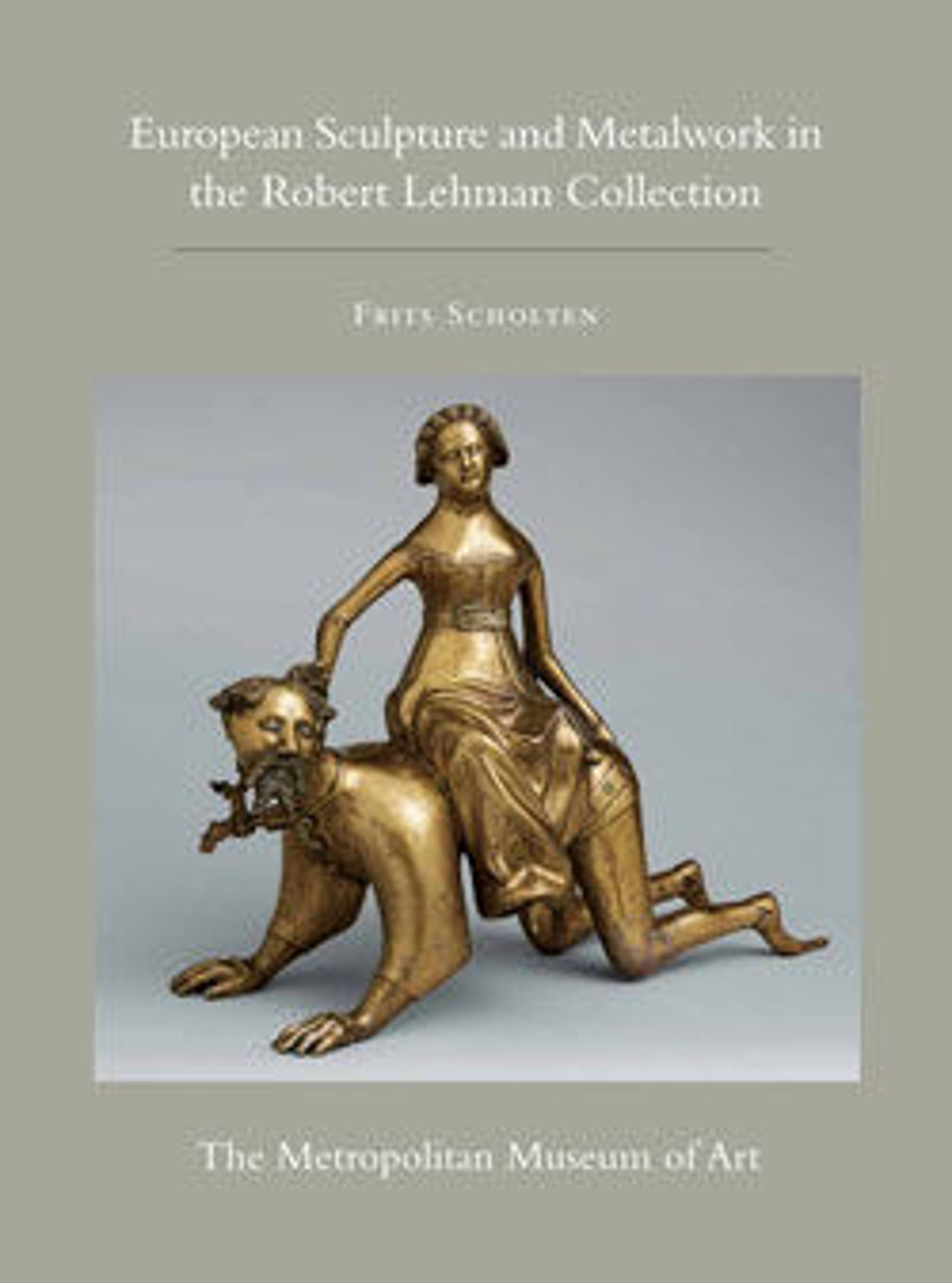Andiron
Artwork Details
- Title:Andiron
- Artist:Model, workshop of Niccolò Roccatagliata (Italian, born Genoa, active 1593–1636) (?), Venice
- Date:17th century or later
- Medium:Copper alloy with a warm brown patina under a partly worn dark brown to black patina, cast in three segments.
- Dimensions:H. 125.5 cm.
- Classification:Metalwork
- Credit Line:Robert Lehman Collection, 1975
- Object Number:1975.1.1388a, b
- Curatorial Department: The Robert Lehman Collection
More Artwork
Research Resources
The Met provides unparalleled resources for research and welcomes an international community of students and scholars. The Met's Open Access API is where creators and researchers can connect to the The Met collection. Open Access data and public domain images are available for unrestricted commercial and noncommercial use without permission or fee.
To request images under copyright and other restrictions, please use this Image Request form.
Feedback
We continue to research and examine historical and cultural context for objects in The Met collection. If you have comments or questions about this object record, please contact us using the form below. The Museum looks forward to receiving your comments.
